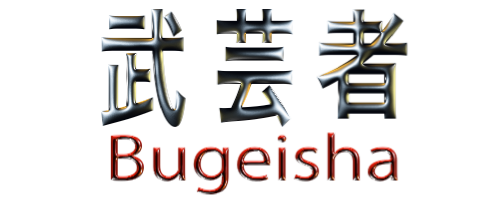

Judo(柔道)is comprised by two kanji(chinese way of written words) Ju(柔) which can be translated as peaceful,gentle and Do(道) which can be translated as the way or road.
Judo is a modern martial art created by Kano Jigoro.Kano was born into a well-to-do Japanese family. His grandfather was a self-made man, a sake brewer from Shiga Prefecture in central Japan. However, Kano's father was not the eldest son and therefore did not inherit the business. Instead, he became a Shinto priest and government official, with enough influence for his son to enter the second incoming class of Tokyo imperial university.
Kano was a small, frail boy, who, even in his twenties, did not weigh more than a hundred pounds (45 kg), and was often picked on by bullies. He first started pursuing jujutsu, at that time a dying art,at the age of 17, but met with little success. This was in part due to difficulties finding a teacher who would take him on as a student. When he went to university to study literature at the age of 18, he continued his martial arts studies, eventually gaining a referral to Fukuda Hachinosuke (c.1828–c.1880), a master of the Tenjin Shinyou Ryu and grandfather of Keiko Fukuda (born 1913), who is Kano's only surviving student, and the highest-ranking female jūdōka in the world. Fukuda Hachinosuke is said to have emphasized technique over formal exercise, sowing the seeds of Kano's emphasis on free practice (randori) in judo.
A little more than a year after Kano joined Fukuda's school, Fukuda became ill and died. Kano then became a student in another Tenjin Shin'yō-ryū school, that of Iso Masatomo (c.1820–c.1881), who put more emphasis on the practice of pre-arranged forms (kata) than Fukuda had. Through dedication, Kano quickly earned the title of master instructor (shihan) and became assistant instructor to Iso at the age of 21. Unfortunately, Iso soon took ill, and Kano, feeling that he still had much to learn, took up another style, becoming a student of Iikubo Tsunetoshi (1835–1889) of Kitou Ryu. Like Fukuda, Iikubo placed much emphasis on free practice. On the other hand, Kitou Ryu emphasized throwing techniques to a much greater degree than Tenjin Shinyou Ryu.
Judo technique-wise can be broken down into the following categories:
- Nage Waza(Throwing Techniques)
- Ne Waza(Ground Techniques)
- Atemi Waza (Striking techniques)
- Kuzushi(breaking the balance)
- Tsukuri(placing your self for the technique)
- Kake(Throw)
We'll discuss the rest of the principles in another episode where we will analyze a technique.
So by now you should understand that Judo is a realistic martial art,highly effective for any kind of situation.It should be,because it's the spawn of jujutsu,the empty hand combat method that soldiers(samurai)used in war.Even in this time and age law enforcement and military use the same techniques for their empty hand combat training.Not to mention the constant use of Judo techniques in MMA(Mixed Martial Arts).Where do you think all those "takedown" techniques come from anyway ;)
In the next episode I'm going to do further analysis on Judo and introduce some of the techniques that make this art so fascinating.
Until then
頑張ってください
John

No comments:
Post a Comment